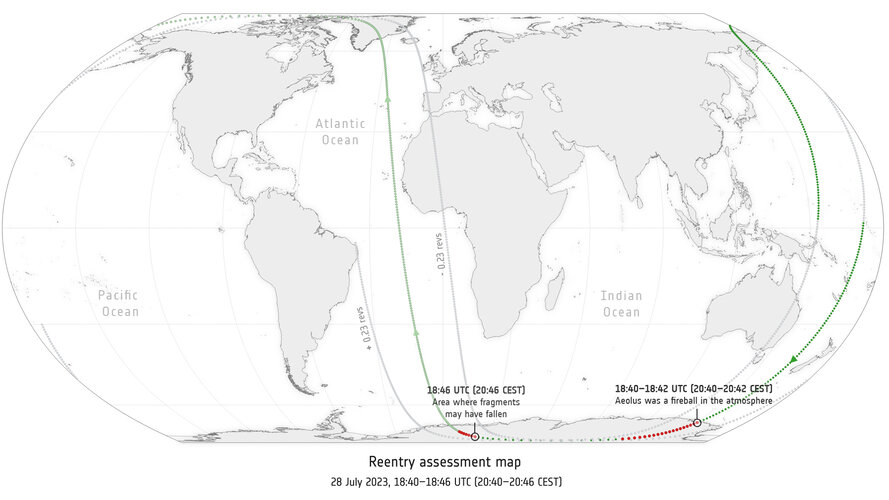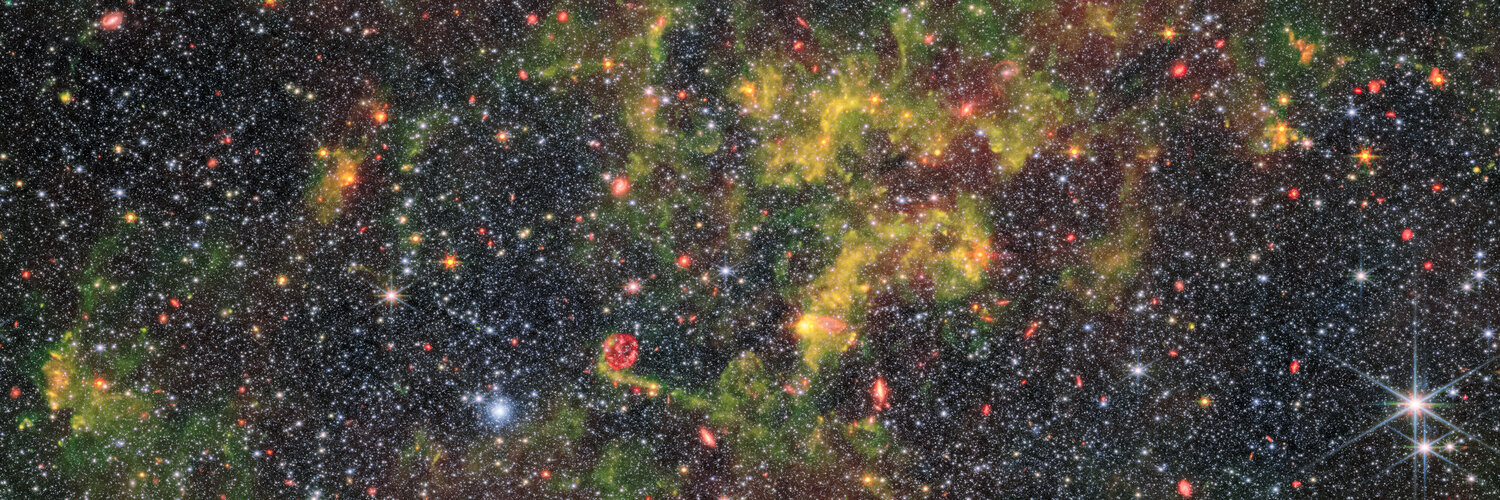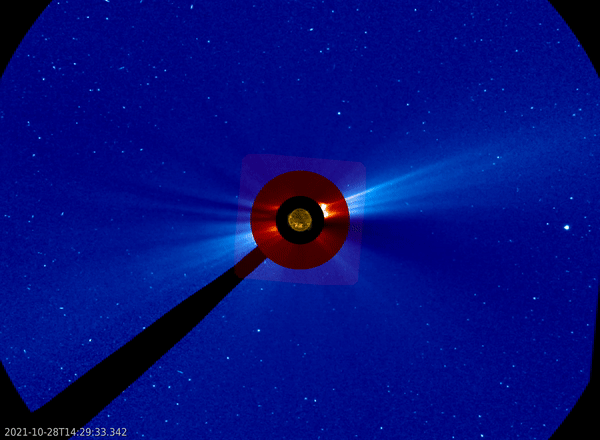
Copernical Team
In for a spin
 Image:
Andreas Mogensen during a centrifuge training session
Image:
Andreas Mogensen during a centrifuge training session Right on track: Aeolus reentry map
 Image:
Right on track: Aeolus reentry map
Image:
Right on track: Aeolus reentry map Week in images: 31 July - 04 August 2023

Week in images: 31 July - 04 August 2023
Discover our week through the lens
Giant solar eruption felt on Earth, Moon and Mars

A solar eruption detected simultaneously at Earth, the Moon and Mars emphasises the need to prepare human exploration missions for the dangers of space radiation.
Recycling parts for life on the Moon
 Image:
Recycling parts for life on the Moon
Image:
Recycling parts for life on the Moon Simulating Aeolus’s demise: a bird’s eye view
 Video:
00:01:35
Video:
00:01:35
Aeolus’s mission is over, but weather forecasting is improved forever, and a new precedent has been set for safe satellite reentries. The trailblazing Earth Explorer returned through our atmosphere on 28 July, following the path it was guided on by ESA’s mission control over Earth’s most uninhabited regions, finally disintegrating over the Antarctic.
A week-long series of manoeuvres led to this point. They had never been performed before and pushed the satellite to its limits. Aeolus was never designed to fly at such low altitudes – its thrusters and fuel reserves were
Counting wildfires across the globe

In recent weeks, devastating wildfires have spread in Greece, Italy, Spain, Portugal, Algeria, Tunisia and Canada, causing human casualties as well as massive environmental and economic damage.
While wildfires are a natural part of many ecosystems, scientists have warned that they are becoming more frequent and more widespread. In response, an upgraded version of ESA’s World Fire Atlas is now available providing a detailed analysis of wildfires across the globe.
Sunlight peaks drove Ice Age's abrupt climate shifts, suggests study
 A comprehensive research endeavor led by Heidelberg University and the GFZ German Research Centre for Geosciences Potsdam has shed new light on the causes of abrupt climate changes in ice ages. The study suggests that variations in summer insolation, or the amount of sunlight received, played a vital role in steering the shift between warm and cold phases during past ice ages.
The collabor
A comprehensive research endeavor led by Heidelberg University and the GFZ German Research Centre for Geosciences Potsdam has shed new light on the causes of abrupt climate changes in ice ages. The study suggests that variations in summer insolation, or the amount of sunlight received, played a vital role in steering the shift between warm and cold phases during past ice ages.
The collabor Shenzhou 15 crew share memorable moments from Tiangong Station mission
 The three astronauts from China's Shenzhou XV manned mission met with the press on Monday, in their first public appearance since returning to Earth 57 days ago.
Mission commander Major General Fei Junlong, Senior Colonel Deng Qingming and Senior Colonel Zhang Lu have completed quarantine and recuperation, the first two stages in their period of recovery after landing, and are currently in
The three astronauts from China's Shenzhou XV manned mission met with the press on Monday, in their first public appearance since returning to Earth 57 days ago.
Mission commander Major General Fei Junlong, Senior Colonel Deng Qingming and Senior Colonel Zhang Lu have completed quarantine and recuperation, the first two stages in their period of recovery after landing, and are currently in Lunar Regolith to Power Moon Bases: Blue Origin Gets NASA Backing
 Blue Origin, the American aerospace manufacturer, is moving a step closer to making its innovative concept of generating solar power on the Moon a reality. This follows the receipt of a $35 million Tipping Point partnership awarded by NASA to continue developing its revolutionary technology known as the Blue Alchemist.
First revealed earlier this year, Blue Alchemist aims to produce solar
Blue Origin, the American aerospace manufacturer, is moving a step closer to making its innovative concept of generating solar power on the Moon a reality. This follows the receipt of a $35 million Tipping Point partnership awarded by NASA to continue developing its revolutionary technology known as the Blue Alchemist.
First revealed earlier this year, Blue Alchemist aims to produce solar 
